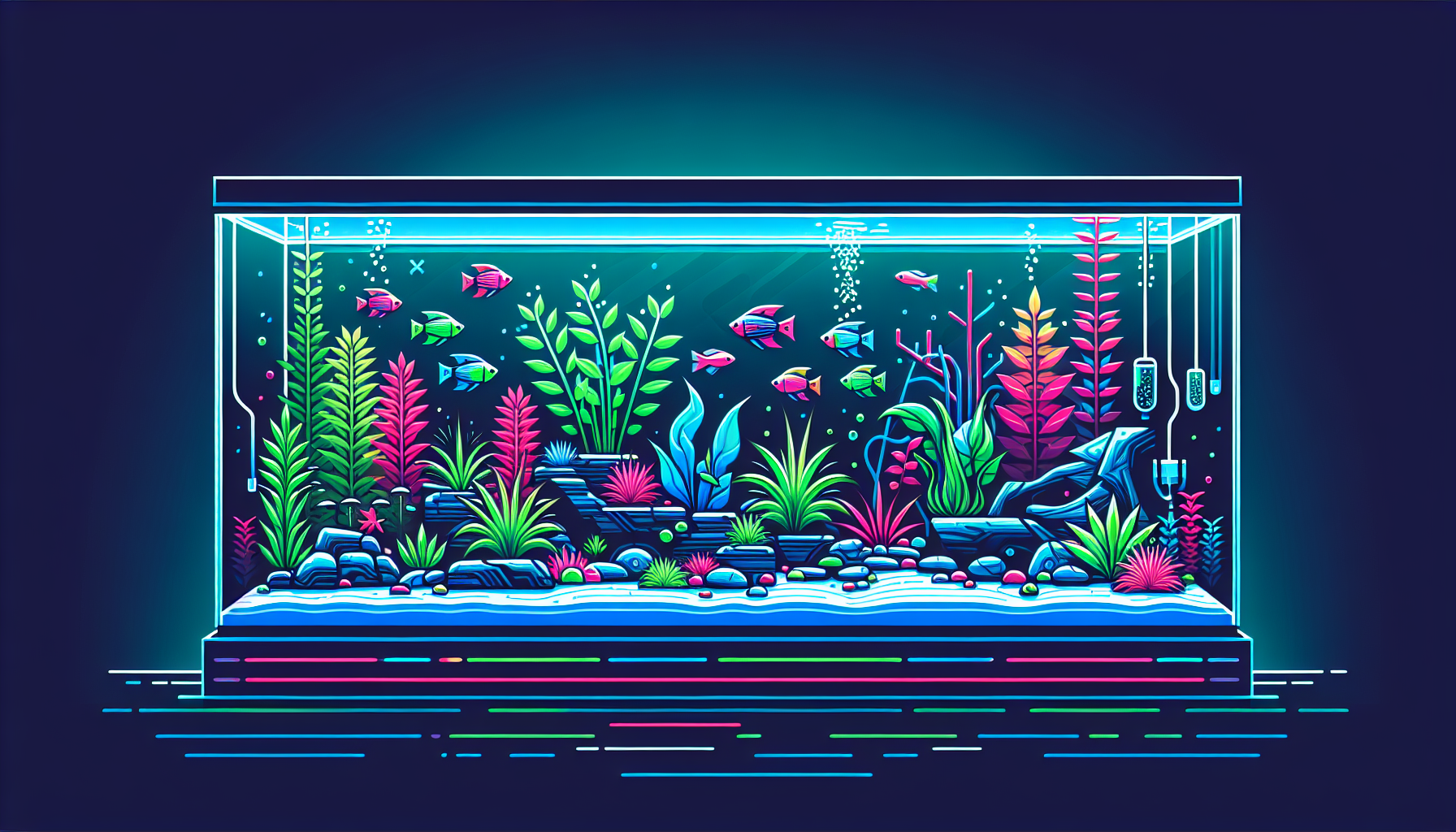The Complete Guide to Aquascaping Plants: Selection, Care, and Top Species
Whether you’re a beginner aquascaper or a seasoned enthusiast, selecting the right aquascaping plants is crucial for creating a thriving and visually stunning aquarium. Aquatic plants not only provide beauty and dimension to your aquascape but also play vital roles in maintaining water quality, oxygenation, and providing shelter for aquatic life.
Why Aquascaping Plants Matter in Your Aquarium
Plants are a defining feature in any aquascape, from lush jungle layouts to minimalist iwagumi styles. They serve multiple essential purposes:
- Oxygen production – Aquatic plants add oxygen to your water, providing a healthy environment for fish and shrimp.
- Nutrient absorption – Live plants help control nuisance algae by absorbing excess nutrients.
- Natural habitat – Plants create hiding places and spawning grounds for aquarium inhabitants.
- Aesthetics and design – The right combination brings depth, contrast, and movement to your aquascape.
How to Choose Aquascaping Plants
Choosing plants for your aquascape depends on a range of factors, including tank size, layout style, lighting, and maintenance preferences. Here’s what to consider:
Consider Your Aquascaping Style
- Nature Aquarium: Dense, wild, and diverse plant species; mimics natural landscapes.
- Iwagumi: Minimalist, focusing on one or two plant species around rocks.
- Jungle Style: Tall, broad-leaved plants dominating a “wild” look.
- Dutch Style: Rows of varied colorful plants, focusing on structure and vibrant contrast.
Assess Your Aquarium Conditions
- Lighting: Most aquatic plants require moderate to high-intensity lighting for lush growth.
- CO2 Injection: Some species thrive with added CO2, while others are undemanding.
- Substrate: Nutrient-rich aquarium soil encourages healthy root systems.
- Water Parameters: Consider temperature, pH, and hardness to match your plant selection.
Top Aquascaping Plants for Every Aquarist
Here are some of the most popular and beginner-friendly aquatic plant species for aquascapers:
Foreground Plants
- Hemianthus callitrichoides “Cuba” (Dwarf Baby Tears): A classic carpeting plant for lush green lawns.
- Eleocharis parvula (Dwarf Hairgrass): Fantastic for soft, grassy carpets in nano and large tanks alike.
- Marsilea hirsuta: A low-growing, clover-like carpeting plant ideal for low-light tanks.
Midground Plants
- Cryptocoryne wendtii: Hardy, adaptable, and available in multiple color forms.
- Staurogyne repens: Excellent for dense, bushy green areas; works well in most aquascapes.
- Anubias barteri var. nana: Low-light tolerant and perfect for attaching to driftwood or rocks.
Background Plants
- Vallisneria spiralis: Forms tall, flowing grass-like stands for dramatic backgrounds.
- Hygrophila polysperma: Fast-growing stem plant, easy for beginners to propagate.
- Ludwigia repens: Adds a vibrant red contrast for dynamic layouts.
Epiphyte and Moss Plants
- Java Moss (Taxiphyllum barbieri): Ideal for attaching to hardscape and creating “moss walls.”
- Bucephalandra species: Decorative and undemanding, even in low light.
- Bolbitis heudelotii (African Water Fern): Elegant, textured leaves for advanced aquascapes.
How to Plant and Care for Aquascaping Plants
1. Preparing Your Aquarium Substrate
Choose a nutrient-rich aquascaping substrate to promote robust root growth. Substrate choice is especially important for root-feeding plants like Cryptocoryne and swords. Consider layering with aquasoil for best results.
2. Planting Techniques
- Carpeting plants: Plant small clumps spaced 1–2 cm apart across the substrate for faster coverage.
- Stem plants: Bunch several stems together, placing them gently into the substrate with planting tweezers.
- Rhizome plants (Anubias, Bucephalandra): Attach the rhizomes to rocks or driftwood using thread or super glue—never bury the rhizome!
- Mosses: Spread small tufts on hardscape and secure with aquarium-safe mesh or thread until they take hold.
3. Lighting, CO2, and Fertilization
Most aquascaping plants flourish under moderate to high lighting. Low-light plants like Anubias and Java Fern work for low-tech aquascapes. CO2 injection yields vibrant colors and faster growth but isn’t required for all species. Dose quality liquid fertilizers and root tabs as needed for healthy growth—especially in densely planted tanks.
4. Pruning and Maintenance
Regular trimming encourages bushier growth and prevents plants from overshadowing one another. Remove dead or decaying leaves promptly to maintain water quality. Periodically, thin out fast-growing stems and propagate healthy cuttings to expand your aquascape.
Common Challenges and Troubleshooting
- Algae growth? Review your lighting duration, reduce excess fertilizer, and consider adding fast-growing plants or algae eaters. (See our comprehensive algae control guide.)
- Melting leaves? Many plants melt back when transitioning to a new tank but will regrow with stable parameters.
- Poor plant health? Test for nutrient deficiencies; adjust fertilizers and ensure root plants have adequate substrate nutrients.
Enhance Your Aquascape with the Right Plants
Choosing and caring for aquascaping plants requires a blend of research, patience, and a little creativity. A well-planted tank not only creates a breathtaking underwater scene but also promotes a balanced, healthy ecosystem for your aquatic life. For more inspiration and in-depth planting strategies, check out our aquascaping tutorials and beginner’s guide to aquarium plant care!
Ready to Create Your Dream Aquascape?
If you’re inspired to take your aquascaping skills to the next level, explore our expert articles and free resources at Aquascaping Academy. Happy planting!



